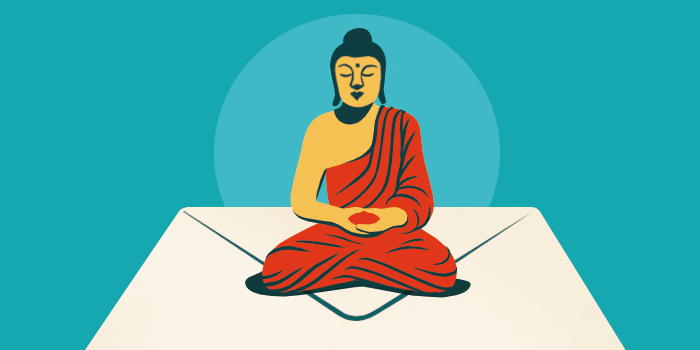What is the history of Zen Buddhism?
In the 1st century CE, Buddhist teachers from central Asia and India followed the Silk Road into China, where Daoism and Confucianism were the predominant religions. The dharma found allies in the Daoists, who also saw reality as vaster than our thinking can comprehend, and drew an audience of artists and intellectuals dissatisfied with key Confucian teachings: the sacredness of the patriarchal family, hierarchy, and cultural conformity. Mahayana Buddhism was firmly opposed to those values, urging women and men to leave home in search of awakening, take inherent wisdom rather than authority as their guide, and treat every person as a buddha-to-be. But with Confucians holding the most political power, Buddhism had to walk a razor’s edge. As a result, throughout Chinese history, periods of Buddhism’s rapid growth have been followed by violent purges from which, nonetheless, the dharma has always come back.
Zen arrived relatively late on this scene, in the 5th century, when a new wave of Indian teachers, including the monk Bodhidharma, traveled to China to spread their teachings. According to the traditional account, Bodhidharma brought the Lankavatara Sutra, which teaches that buddhanature is present everywhere and accessible through “emptiness,” the cessation of discriminating thought. The story of Bodhidharma’s failed interview with emperor Wu of Liang might be mythical, but it illustrates Zen’s fortunes at the start: a small, marginal transmission competing with other Buddhist schools that enjoyed far greater wealth and prestige.
Zen finally found a foothold in China—where it was called Chan, from dhyana, Sanskrit for meditation—after one of the worst disasters in the country’s history, the An Lushan rebellion (755–763 CE), a civil war estimated to have killed two-thirds of the population. It was during this crisis that people embraced Zen’s teaching that claimed to directly point to the enlightened mind, always available in the here and now. With their countrymen killing or being killed and with the Tang Empire’s glories vanishing before their eyes, the Chinese had no time for abstruse theorization or complicated rituals.
For centuries, Zen was China’s predominant Buddhist school—together with Pure Land Buddhism, with which it merged quite naturally—and its influence extended to Vietnam, Korea, and Japan. Like living traditions everywhere, Zen has never ceased to change and grow, at times with striking creativity. During the Ming dynasty (1368–1644), for example, the monk Hanshan Deqing (“Silly Mountain”) breathed new life into the dharma with his poetry, prose, and public lectures. In the 20th century, Hsu Yun (“Empty Cloud”) had a profound influence and his students almost single handedly revived Buddhism following the ravages of the Cultural Revolution. No matter what the future brings—and it’s sure to bring new challenges—Zen can draw on this legacy of adaptation as it continues to support the struggle for the liberation of all sentient beings.

Tricycle is more than a magazine
Gain access to the best in sprititual film, our growing collection of e-books, and monthly talks, plus our 25-year archive
Subscribe now